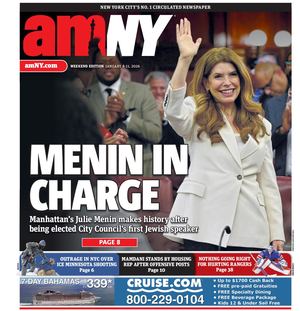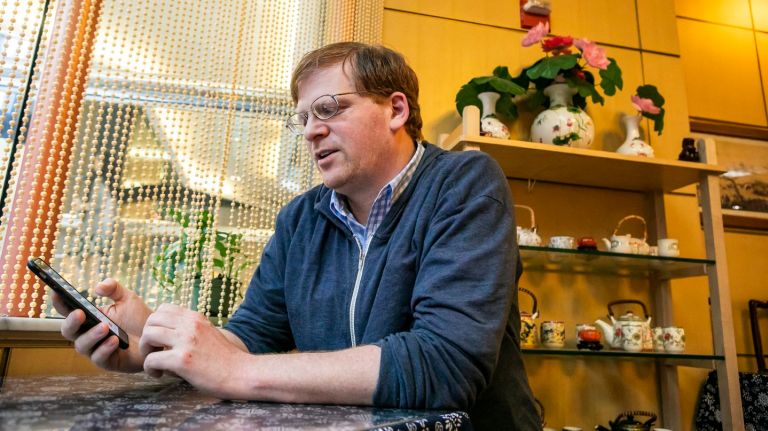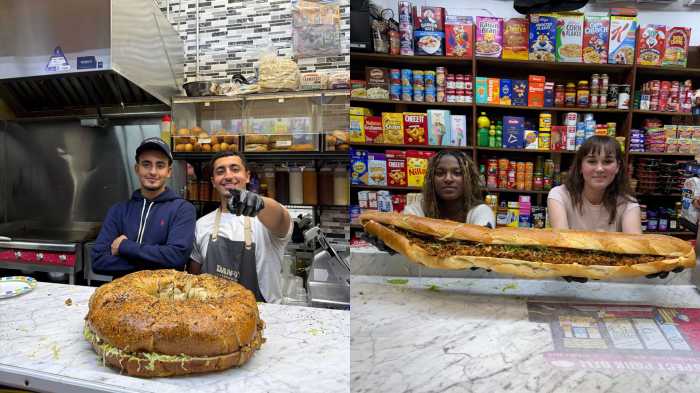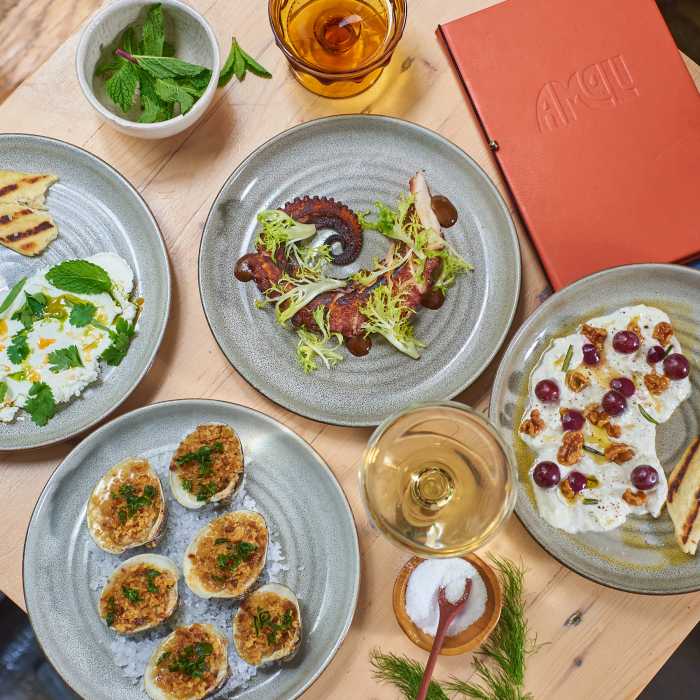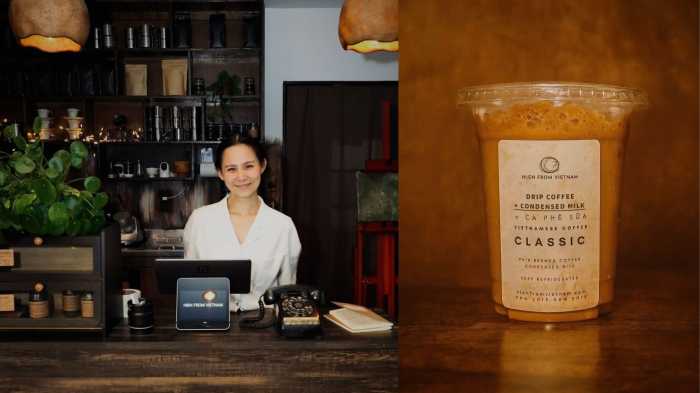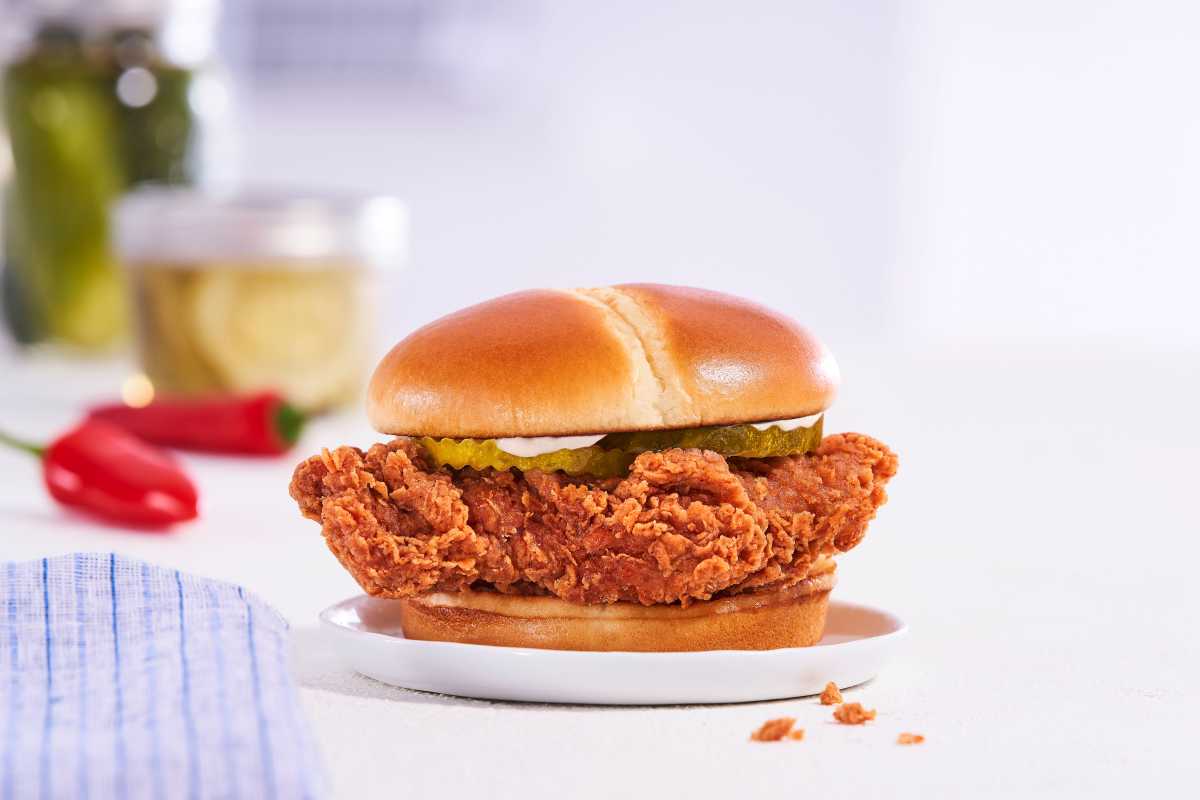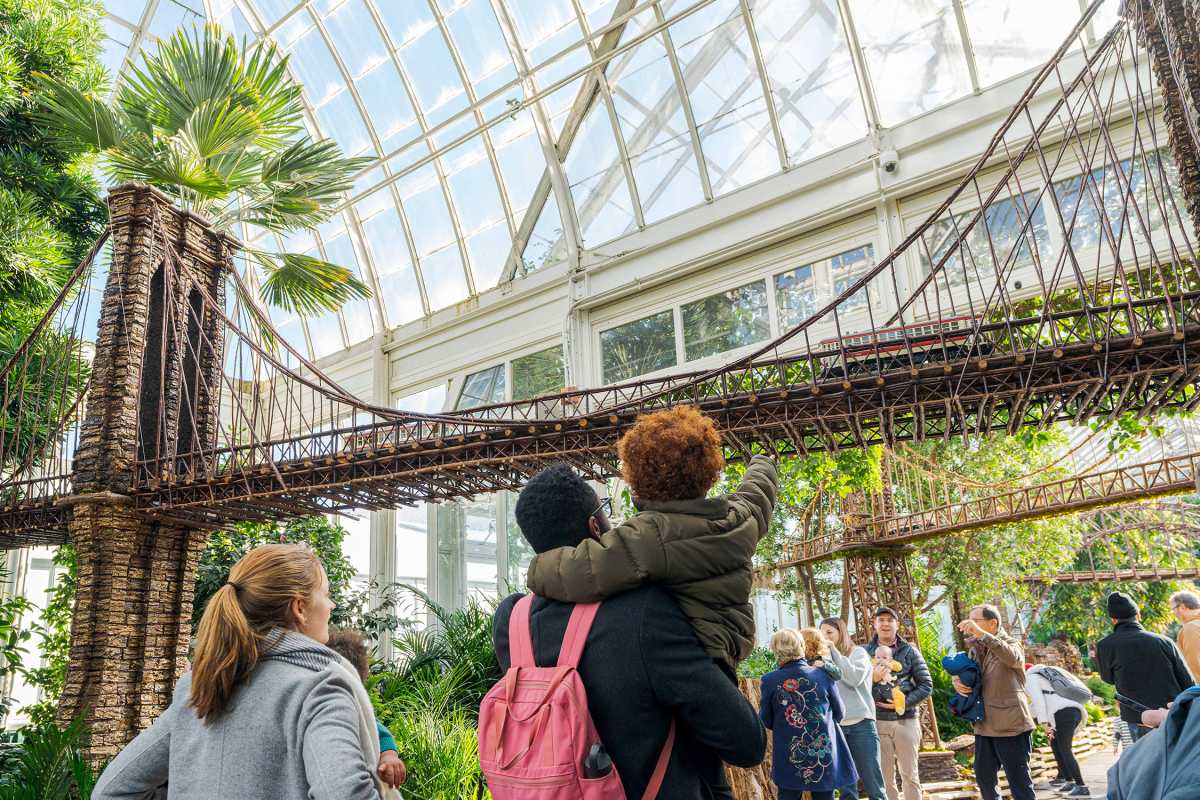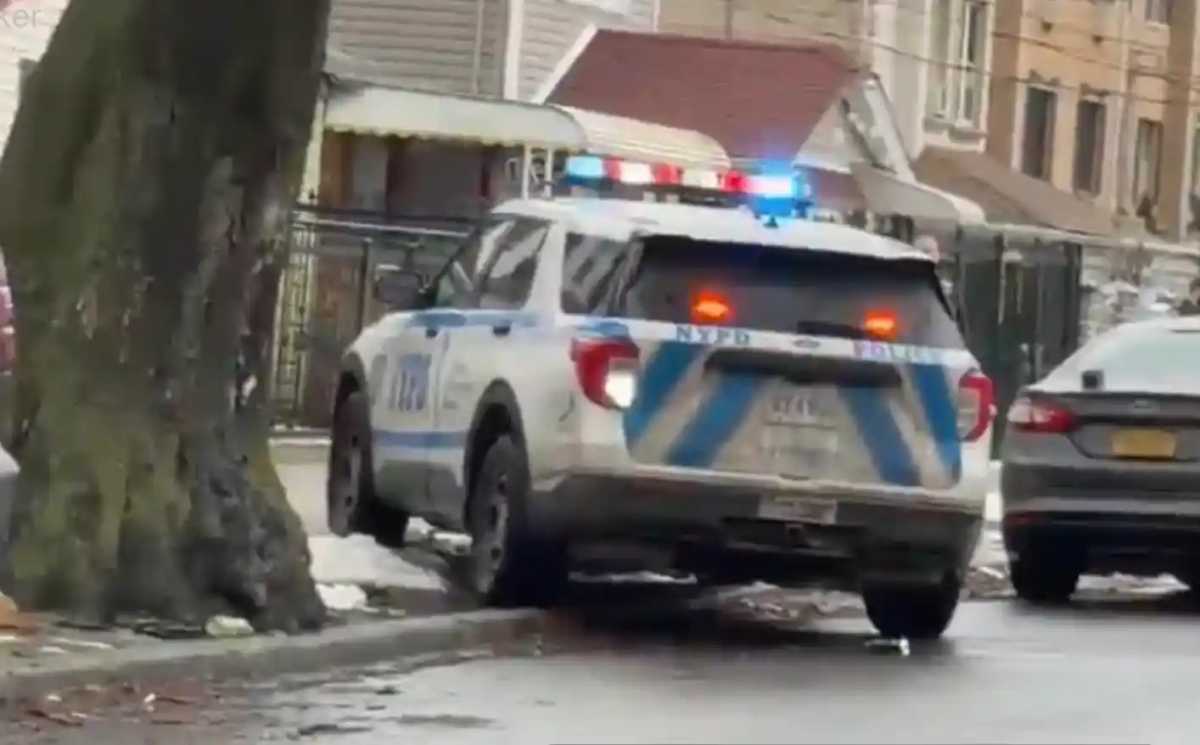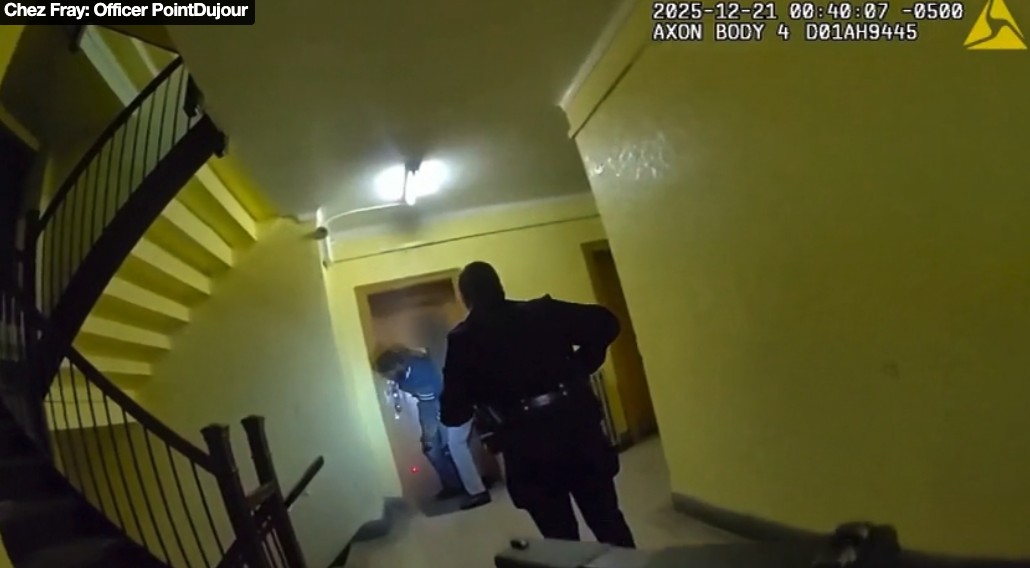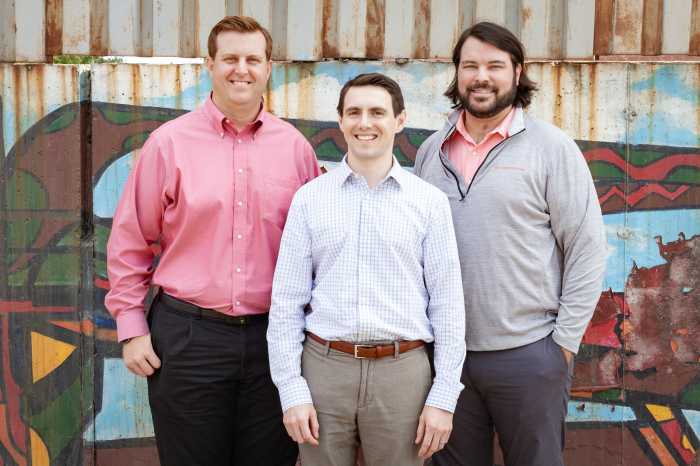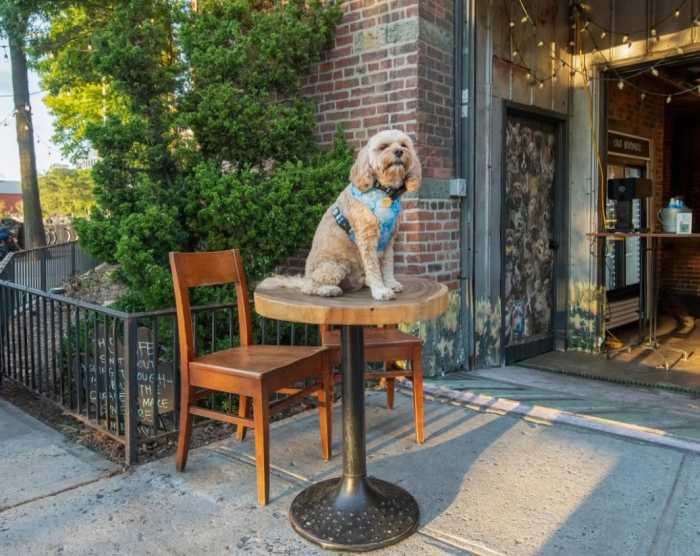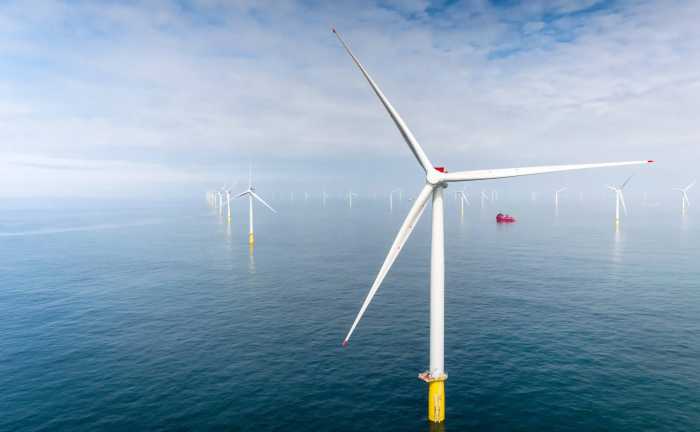
Finding a quiet place to share a meal and conversation can be a challenge in the city that never sleeps.
But it’s a necessity for Manhattanite Greg Scott, who has hearing loss.
Scott, by day an industry research associate at a finance firm, is the creator of SoundPrint, a free app that allows users to measure noise levels in restaurants, bars and other venues as well as search for places by sound level on a map.
The idea came to him as he tried to navigate the dating scene in the city.
“I would search for quiet spots online so I could better converse and connect with a date,” Scott told amNewYork in an email. “I would arrive and the place would be super noisy — music blasting or with poor acoustics and interior design.”
SoundPrint, which officially launched last month, has received 25,000 decibel level submissions, Scott said. About half are from New York City, with the majority being restaurants, followed by bars and cafes.
Scott said while he originally developed the app for people with hearing loss and other sensory disorders, those with normal hearing use it, too.
“Many people don’t enjoy raising their voices to be heard or straining their neck to decipher what someone is saying during a dinner,” he said. “Another goal is to alert the restaurant and bar owners that there is a sizable segment of the dining population that desires a more acoustic-friendly atmosphere.”
Noise — whether it’s from bars, airplanes or construction crews — is one of the top complaints phoned into the city’s 311 line.
Rather than penalize loud venues, Scott wants to highlight places where diners don’t have to shout to be heard.
“This is not about turning New York City into some quiet little village,” said Arline Bronzaft, a board member of the environmental group GrowNYC and leading expert in the impact of noise who advised Scott while he developed the app. “It’s about lessening the din so good sounds can be heard.”
Like other sound level apps such as Noise Hunter and the National Institute of Occupational Safety and Health’s (NIOSH), SoundPrint uses a smartphone’s microphone to measure decibel readings, but adds a crowdsourcing component.
The average reading for a venue is placed in one of four categories based on hearing health guidelines researched by NIOSH, the Environmental Protection Agency and others, Scott said. A reading of 70 A-weighted decibels (or dBA) or lower is deemed quiet, 71-75 dBA is moderate, 76-80 dBA is loud and 81 dBA and up is very loud.
Many of the NYC sites on the map are concentrated in Manhattan, but Scott said he is hoping for more submissions from the other four boroughs.
Andrew Rigie, executive director of the NYC Hospitality Alliance, said he doesn’t see apps like SoundPrint being a detriment to businesses.
“Some customers seek a quiet restaurant due to hearing loss or because they simply want a more intimate atmosphere, while others seek a loud, party-like scene,” he said. “There shouldn’t be any issues as long as the app is used to direct people to restaurants where they can get the experience they want.”
Scott said reaction from the industry has been positive, with some restaurants reaching out to feature designated quieter areas. One eatery that had high readings on the app, Pepe Giallo in Chelsea, even had an acoustic consultant install paneling to reduce noise levels, he said.
“We want to work with the venues and help them,” said Scott, who recently added guidelines for mitigating noise issues to SoundPrint’s website. “That’s one of the main goals/purposes in addition to helping people find the quieter spots.”
